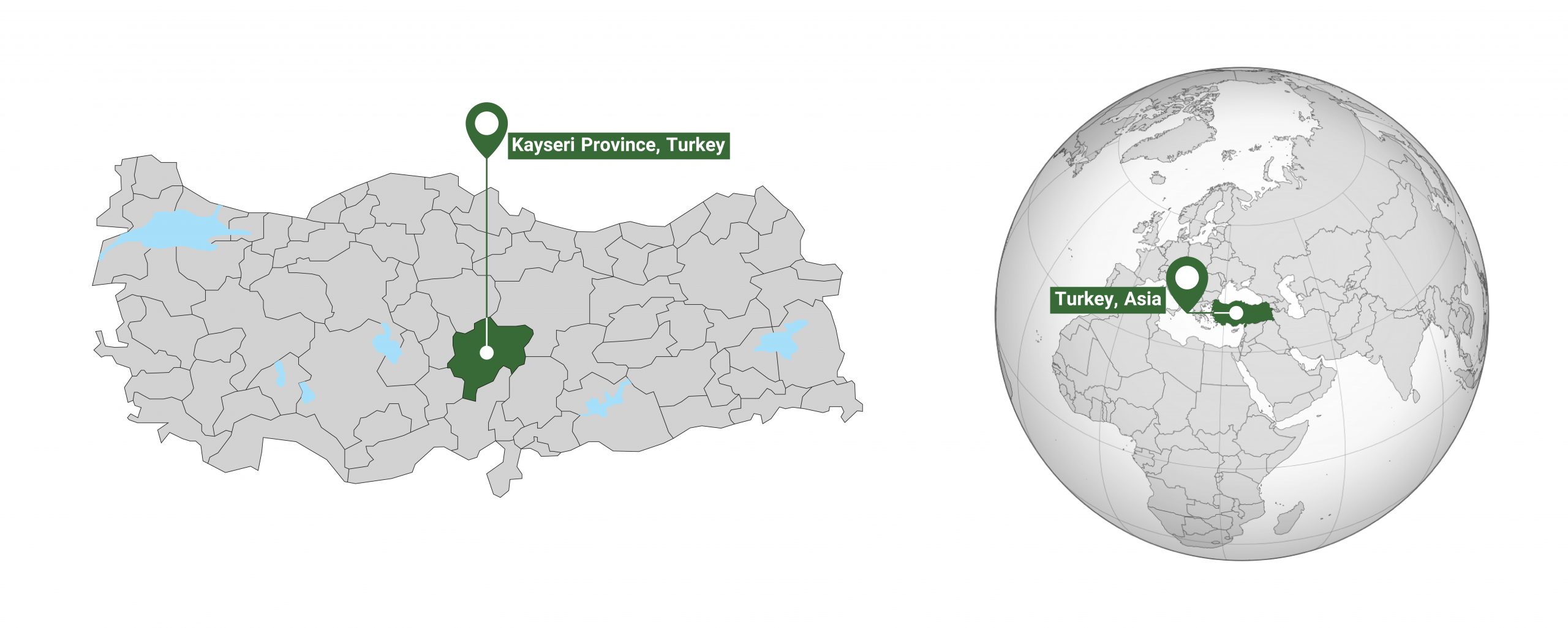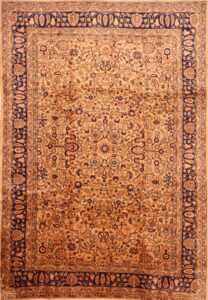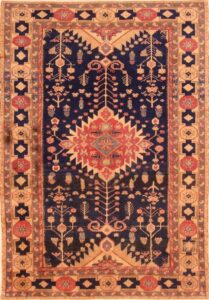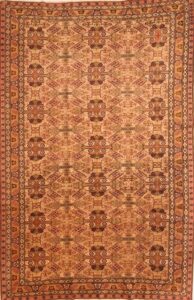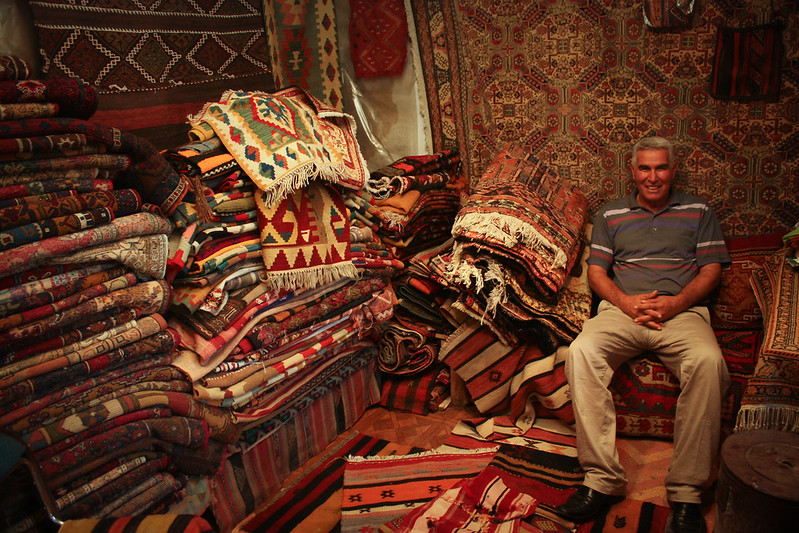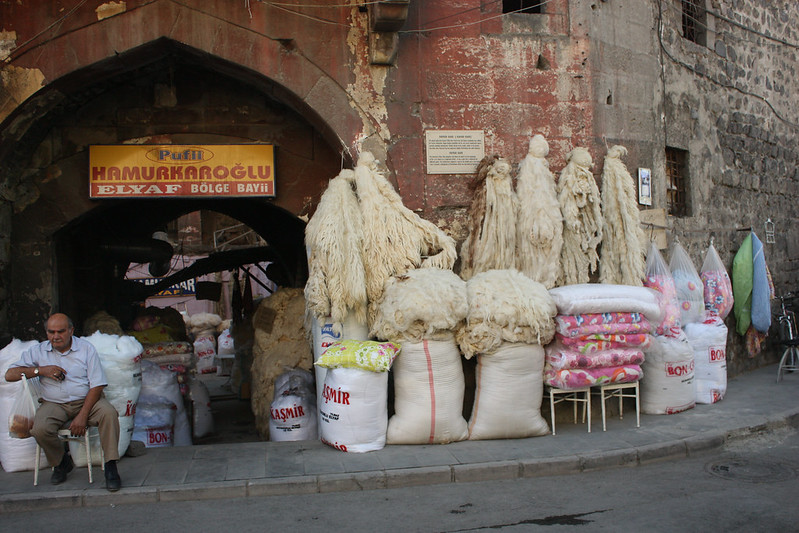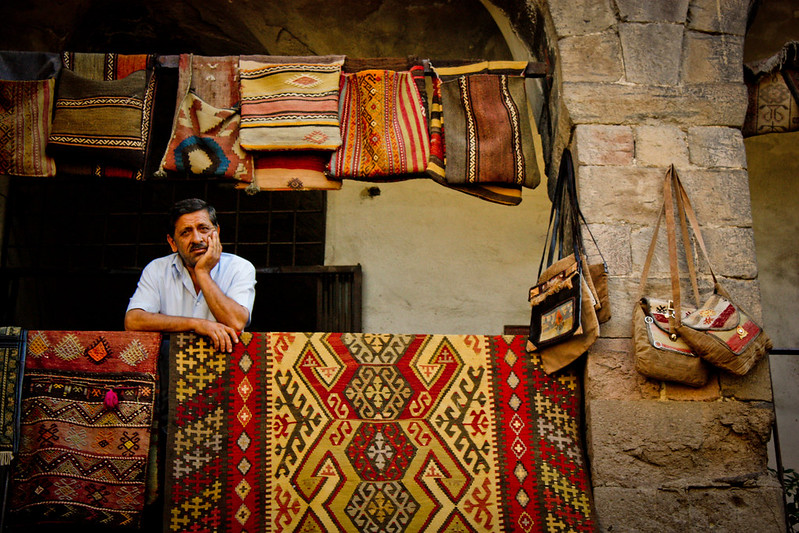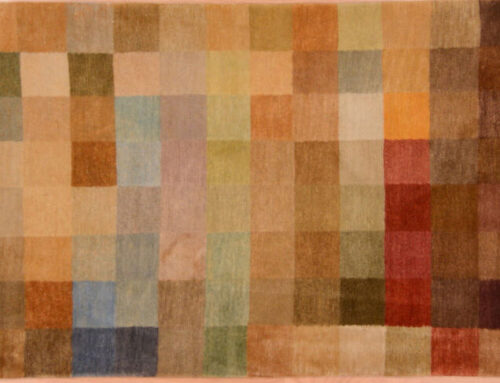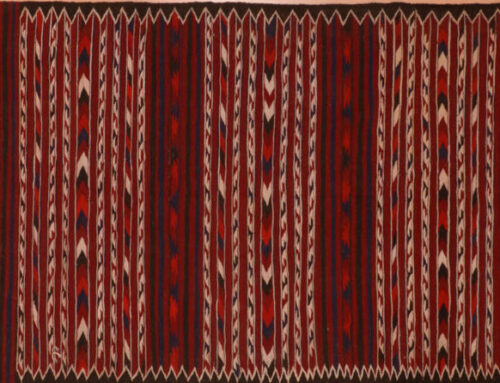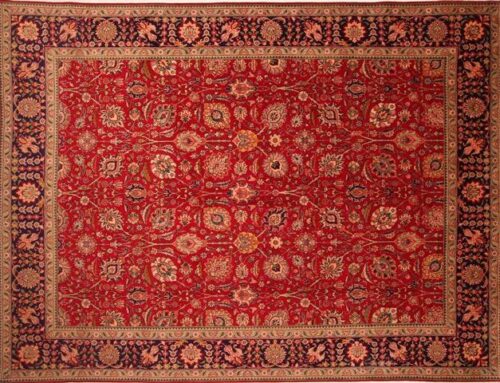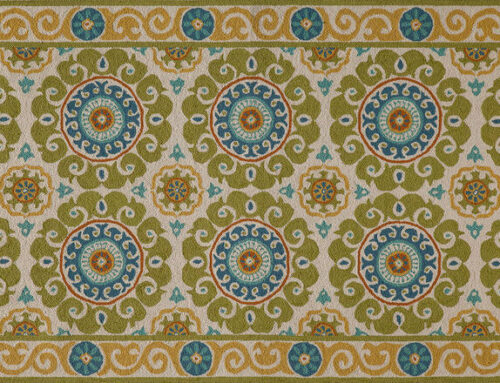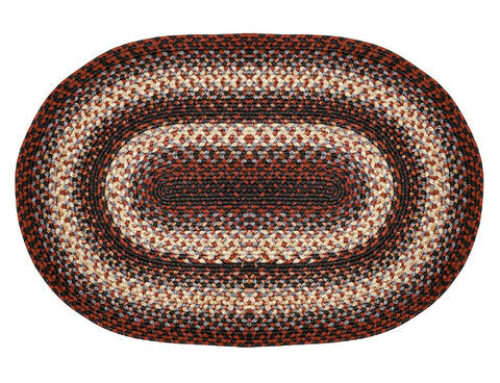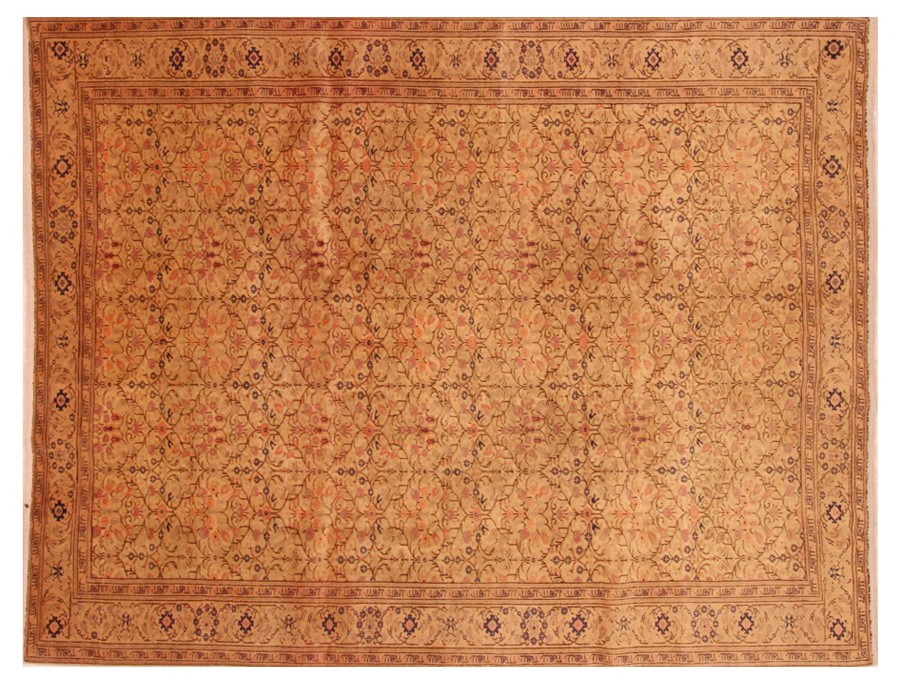
Origin of Kayseri Rugs 1
Kayseri is both a city and a province located in Central Anatolia (Turkey). It is an ancient city strategically situated on the main road that runs east to west in Anatolia. Empires and tribes have conquered Kayseri throughout the centuries, notably the Armenians, Byzantines, Seljuks, Timurids, and the Ottomans. Byzantine and Seljuk influences in art and architecture are visible in Kayseri to this day.
History of Kayseri Rugs
Over the years Kayseri has served as a bazaar for rug weavers from the surrounding towns and villages, where they can receive higher prices for their products. All qualities and types can be found in the market, ranging from low-grade weavings from Yoruk to very fine-grade silk pile rugs.
For centuries a large percentage of the Kayseri population was Armenians who had a major impact in the development, design, and production of rugs and carpets. They would remain active in the weaving community until the early twentieth century. During the late nineteenth century because of the high demand for floor coverings in Europe and America, Kayseri was one of the few places in Anatolia to directly export high volumes of village- and city-woven carpets to the West.
Kayseri rugs are known in the antique market from the nineteenth century.
After World War II weavers expanded to produce silk foundation and silk pile rugs and carpets similar to the famous Hereke style. Kayseri weavers have a rich weaving heritage, and they were able to adapt to this new woven product that was in high demand worldwide.
Kayseri rugs range from bag face rugs to room-size carpets, runners, and gallery formats. Flatwoven Kilim rugs are made in formats ranging from bag faces to gallery sizes.
Characteristics of Kayseri Rugs
-
Material and Knots
Kayseri rugs have a cotton foundation and a wool pile. Beginning in the late nineteenth century some weavers used mercerized cotton (Japanese silk) for the pile. This rug type is soft and shiny and has the appearance of a silk pile piece. The Persian (asymmetric) knot is used, although the Turkish (symmetric) knot is sometimes employed instead.
Kayseri cotton-foundation rugs are woven from good to fine in grade quality. The silk foundation rugs are made in fine to very fine quality levels.
-
Color
In the late nineteenth century Kayseri weavers created lighter-colored backgrounds, such as ivory, light blues, light greens, grays, and gold, which were not common in other Anatolian city weavings. The weavers also made traditional red and blue backgrounds.
-
Design and Pattern
The designs are floral, with medallion or allover layouts similar to the Persian Shah Abbas style of palmettes with animal and bird motifs.
Over the last several decades Kayseri weavers have added new designs to supplement traditional styles in order to meet world market demand. The new designs are also made in the surrounding towns and villages.

